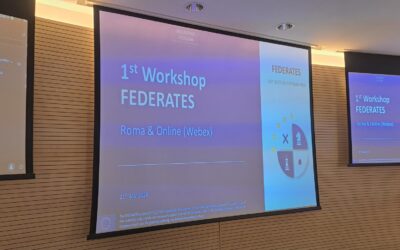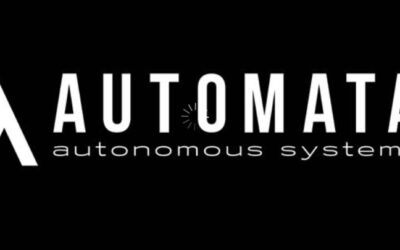SECURITY
SECURITY

Cryptography is vital to cybersecurity. Security attributes such as confidentiality, integrity, authenticity and non-repudiation rely on powerful cryptographic mechanisms, especially in an always connected world.
In addition, cryptography applications offer new opportunities and markets: digital signatures or online transactions would not be possible without it. Given its importance, cryptography remains a key area of research and refers to high-level documents and legislation.
One such document is the new Cyber Security Strategy of the European Union (December 2020), which mentions quantum computing and cryptography as key techniques for technological sovereignty and leadership.
In order to support the implementation of the cybersecurity strategy and related legislation, ENISA has published two reports on cryptography. The first focuses on the upcoming disruptions of post-quantum computing in the existing cybersecurity infrastructure and how they should be mitigated.
The second report introduces the cryptographic building blocks used in the majority of digital currencies and cryptocurrencies, which fall within the scope of the new European regulatory proposal.
Quantum technology will lead to a huge leap forward for many branches of industry, as it can effectively solve problems that current technologies cannot. However, this technology will bring about radical disruptions in existing security equipment and systems.
Also read: Digital Security Authority | On high alert to repel Turkish cyber attacks – VIDEO
Experts agree that quantum computers will be able to crack the widespread public-key cryptography regime. Programs such as data protection from third-party tracking, even digital signatures and processes protected from them, such as banking, software updates, digitally-signed official documents, patient records, and more, will immediately cease to be secure.
The transition to new cryptographic algorithms that will be quantum robust takes years, as the relevant processes are extremely complex and costly.
The ENISA report provides an overview of the current progress of the post-quantum cryptography (PQC) standardization process, introducing a framework for analyzing existing quantum-secure solutions, classifying them into families and discussing their advantages and disadvantages.
The study aims to help decision makers and system designers take appropriate action as soon as possible.
By creating a pan-European blockchain regulatory framework, the European Union intends to test blockchain technologies, on which digital assets such as cryptocurrencies are based.
The report aims to further increase the understanding around the underlying cryptographic elements that make up the blockchain and consequently the cryptographic elements, digital currencies and the number of its applications.
Source: Digital Security Authority
NEWSLETTER SUBSCRIPTION
Cyprus | Jordan mission to reinforce aerial firefighting means
Two firefighting helicopters with their 18-member crew arrived in Cyprus from Jordan to support the Republic of Cyprus’ aerial firefighting.
Limassol | Firecrackers and fireworks spread chaos – Photos
The night of Holy Saturday in Limassol was eventful, as the Police and Fire Service faced a massive attack by a group of youths.
Georgia | Another session in two weeks on the controversial “foreign influence” bill
Thousands of protesters blocked a central intersection in the Georgian capital, Tbilisi, where protests against the controversial…
STORE project | AI-assisted optronics to increase combat perception capabilities
The European Commission signed the Grant Agreement for the launch of the STORE (Shared daTabase for Optronics image Recognition and…
The FEDERATES project | Developing Europe’s first MSaas ecosystem
On 21 March 2024, the first Italian Workshop on the FEDERATES project of the European Defence Fund was held.
Cyprus | Jordan mission to reinforce aerial firefighting means
Two firefighting helicopters with their 18-member crew arrived in Cyprus from Jordan to support the Republic of Cyprus’ aerial firefighting.
Saint George | The Patron Saint of the Army and the Infantry
Saint George is one of the most prominent Saints of the Christian religion, not only of the Eastern Orthodox Church, but also of all…
QinetiQ | UK’s first Manned – Unmanned aircraft Teaming
QinetiQ has successfully trialled the UK’s first Manned-Unmanned Teaming (MUM-T) demonstration between a crewed aircraft and a drone.
Lambda Automata | Investment in UAV technology
Greek Lambda Automata has recently announced a major development that will strengthen its position in the defence industry.


















0 Comments